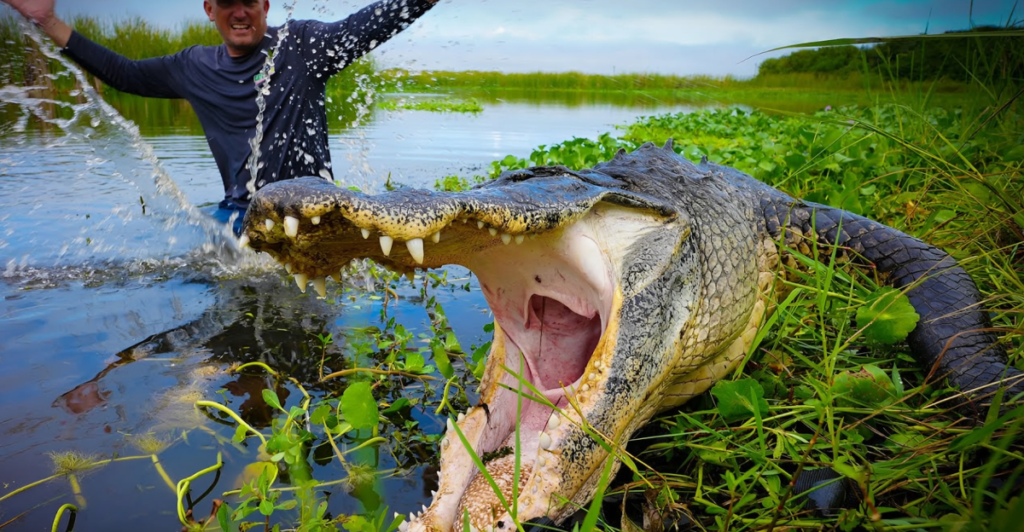
Deep in the southeastern United States lies a vast, mysterious wetland teeming with wildlife. Among its most formidable residents are thousands of American alligators, silently patrolling the murky waters. This isn’t a scene from a nature documentary, it’s a real place where nature thrives in its rawest form.
The swamp’s unique ecosystem supports a diverse array of flora and fauna, making it a haven for nature enthusiasts and researchers alike. Visitors can experience the thrill of spotting these ancient reptiles in their natural habitat, a testament to the swamp’s ecological richness.
But what makes this swamp so special? Let’s delve into the heart of this alligator haven and uncover the secrets of its thriving ecosystem.
Okefenokee Swamp: A Natural Wonder
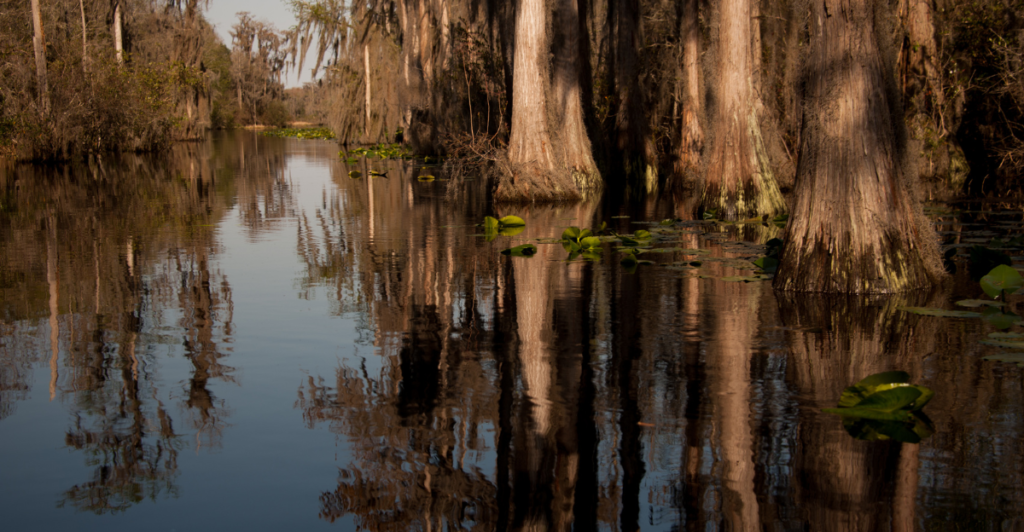
Spanning over 400,000 acres across southeastern Georgia and northern Florida, the Okefenokee Swamp is one of the largest intact freshwater ecosystems in North America. Its name, derived from a Native American term meaning “land of trembling earth,” reflects the swamp’s peat-filled bogs.
The swamp’s diverse habitats, including cypress forests and open prairies, support a wide range of wildlife. It’s home to over 400 species of animals, including endangered birds like the red-cockaded woodpecker and the wood stork. The Okefenokee’s pristine condition has earned it a nomination for UNESCO World Heritage status, highlighting its global ecological significance.
Visitors can explore the swamp through guided boat tours, offering an immersive experience into this unique and vibrant ecosystem.
Alligator Population: A Thriving Habitat
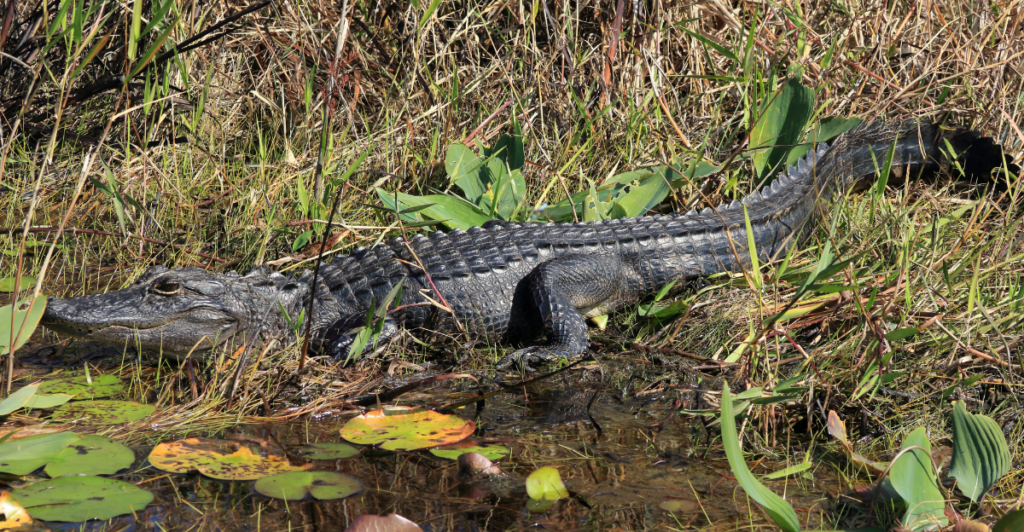
The Okefenokee Swamp is renowned for its substantial alligator population, estimated to exceed 15,000. These apex predators play a crucial role in maintaining the ecological balance of the swamp, controlling prey populations and creating habitats for other species through their nesting activities.
Alligators in the Okefenokee can often be seen basking on logs or gliding through the water, a testament to the swamp’s healthy environment. Their presence indicates a robust ecosystem, as alligators are sensitive to environmental changes and require clean water and abundant food sources to thrive.
Conservation efforts have been instrumental in protecting these reptiles, ensuring that the Okefenokee remains a sanctuary for alligators and countless other species.
Biodiversity Beyond Alligators
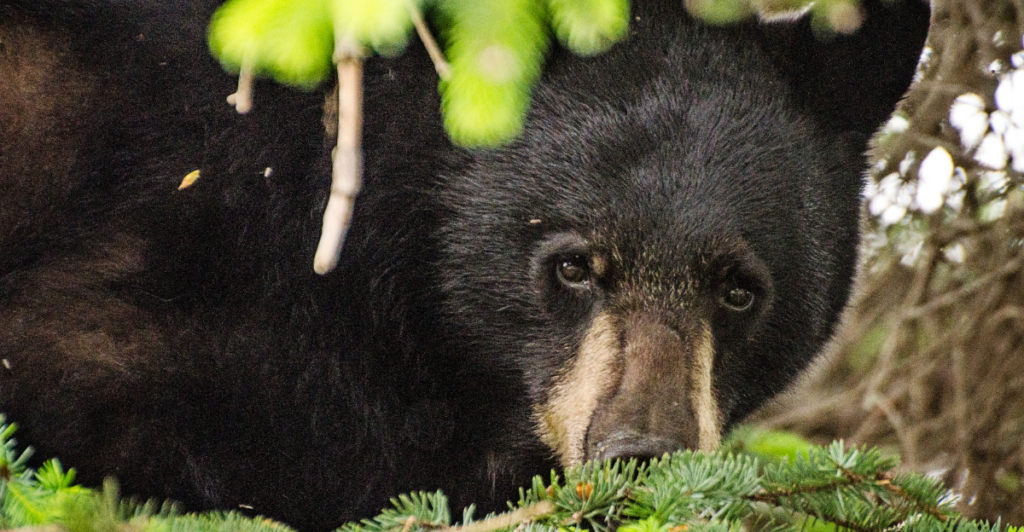
While alligators are the most iconic residents, the Okefenokee Swamp boasts a rich tapestry of biodiversity. It’s a haven for amphibians, reptiles, birds, and mammals, each playing a vital role in the ecosystem. Species such as the Florida black bear, river otters, and various snake species call this swamp home.
The swamp’s plant life is equally diverse, featuring carnivorous plants like pitcher plants and sundews, which have adapted to the nutrient-poor soils. These plants attract and digest insects, showcasing the unique adaptations of swamp flora.
This incredible biodiversity makes the Okefenokee a living laboratory for scientists and a captivating destination for nature lovers.
Cultural and Historical Significance
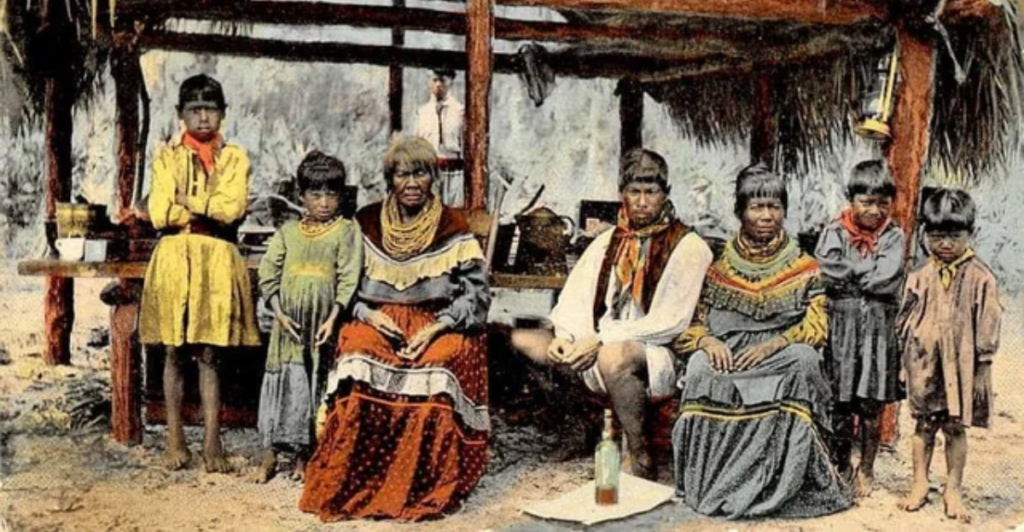
Beyond its ecological importance, the Okefenokee Swamp holds cultural and historical value. Indigenous peoples, such as the Seminole and Creek tribes, have long histories connected to the swamp, relying on its resources for sustenance and shelter.
In the 19th and early 20th centuries, settlers attempted to drain parts of the swamp for agriculture, but these efforts were largely unsuccessful due to the swamp’s vastness and resilience. Today, remnants of these endeavors, like old canals and logging equipment, can still be found, serving as historical markers.
Preserving the swamp also means honoring the rich tapestry of human history intertwined with this unique landscape.
Recreation and Ecotourism
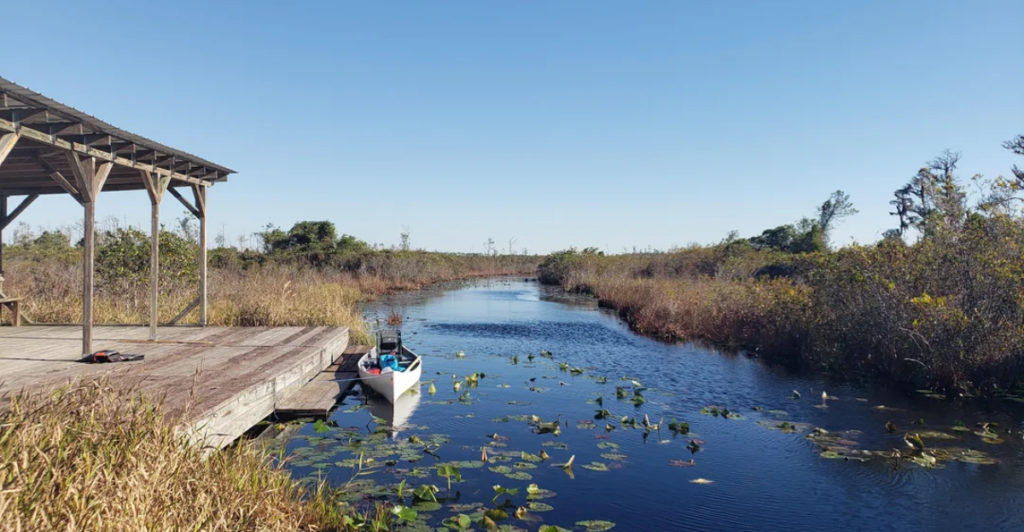
The Okefenokee Swamp offers a plethora of recreational activities that allow visitors to connect with nature. Canoeing and kayaking through its waterways provide intimate encounters with wildlife and serene landscapes. Boardwalks and observation towers offer panoramic views of the swamp’s expanse.
Guided tours, led by knowledgeable naturalists, enhance the experience by providing insights into the swamp’s ecology and history. Photography enthusiasts find endless opportunities to capture the swamp’s beauty, from misty mornings to vibrant sunsets.
These activities not only foster appreciation for the natural world but also contribute to the local economy through ecotourism.
Conservation Efforts and Challenges
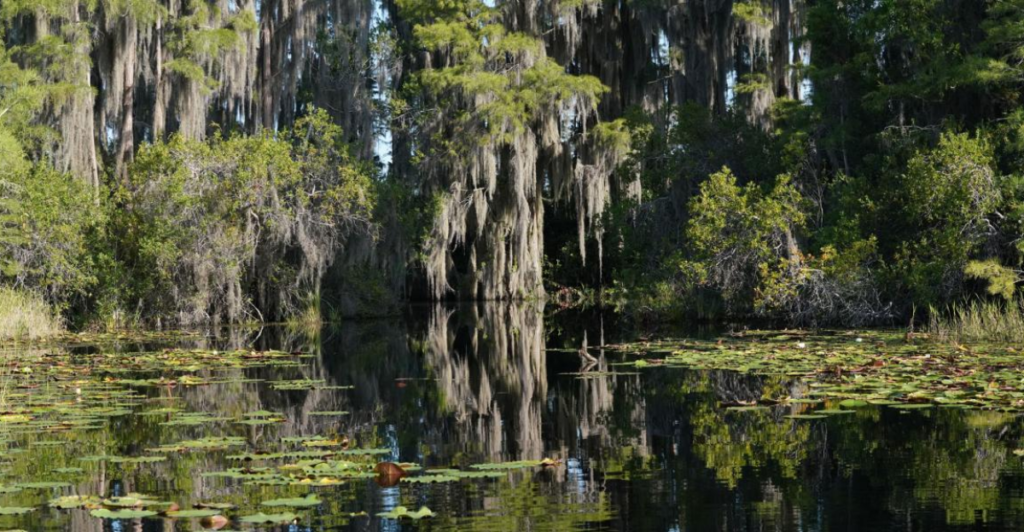
Conservation of the Okefenokee Swamp is paramount to preserving its unique ecosystem. Organizations and government agencies work collaboratively to protect the swamp from threats such as pollution, invasive species, and climate change.
One significant challenge is proposed mining projects near the swamp’s boundary, which raise concerns about potential impacts on water quality and wildlife habitats. Environmental groups advocate for stringent regulations and continuous monitoring to mitigate these risks.
Public awareness and support are crucial in ensuring that conservation efforts succeed, safeguarding the swamp for future generations.
Educational and Research Opportunities (continued)
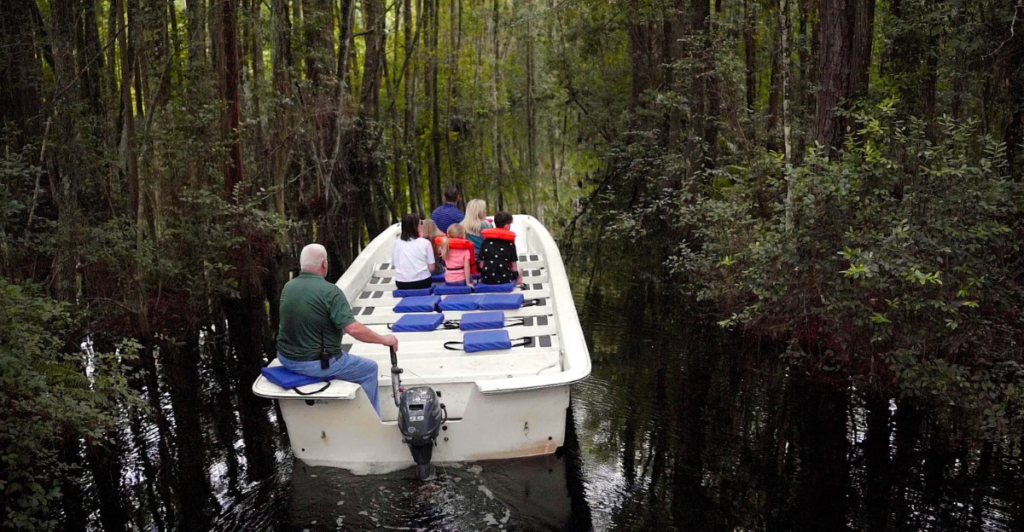
The Okefenokee also inspires future generations of environmental stewards. Schools across Georgia and Florida often organize field trips to the swamp, offering students the chance to spot alligators in the wild, learn about peat bogs, and understand the importance of wetland conservation.
Educational programs offered by park rangers and conservation groups make science tangible and exciting. Instead of textbook photos, students see real biodiversity in action. For researchers, it’s a living lab that offers endless data, from tracking gator populations to studying climate resilience.
By blending education with real-world exploration, the Okefenokee helps bridge the gap between curiosity and conservation.
Threats on the Horizon: Mining Controversy
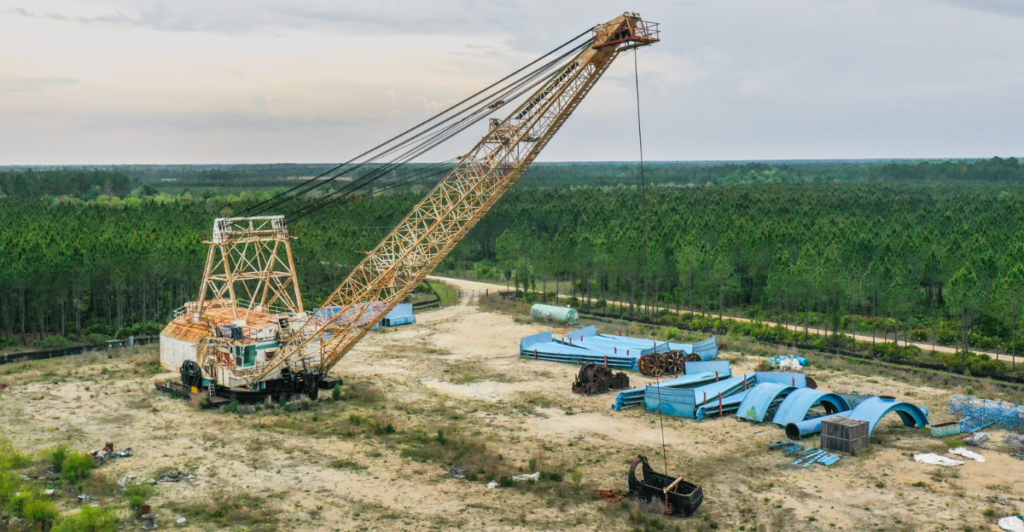
Despite its wild beauty and ecological value, the Okefenokee faces looming threats. A proposed titanium mine near the swamp’s southeastern edge has sparked widespread concern among scientists and environmental groups.
Critics argue the mining project could lower water levels and disrupt the delicate hydrology that supports the swamp’s wildlife. With over 15,000 alligators relying on this habitat, even a minor imbalance could have ripple effects through the food chain.
The fight to protect the Okefenokee isn’t over. Conservationists are urging federal and state officials to deny permits and permanently safeguard this ecological treasure.
A Swamp Worth Saving
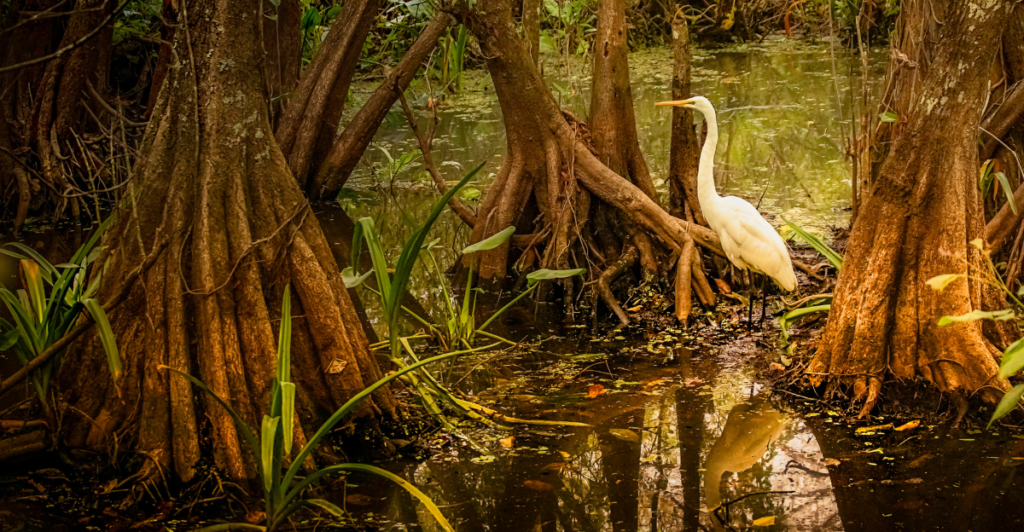
The Okefenokee Swamp isn’t just home to over 15,000 alligators, it’s a sprawling, living masterpiece of nature, history, and biodiversity. Its waters nurture species found nowhere else, its land holds the stories of centuries, and its stillness offers a kind of peace modern life rarely provides.
Whether you visit by canoe, camera, or classroom, this swamp leaves an impact. But with threats like mining projects on the horizon, its future depends on public awareness and protection.
In the wild heart of the southeastern U.S., the Okefenokee isn’t just surviving — it’s thriving. And it deserves to keep doing just that.
Explore more of our trending stories and hit Follow to keep them coming to your feed!

Don’t miss out on more stories like this! Hit the Follow button at the top of this article to stay updated with the latest news. Share your thoughts in the comments—we’d love to hear from you!







